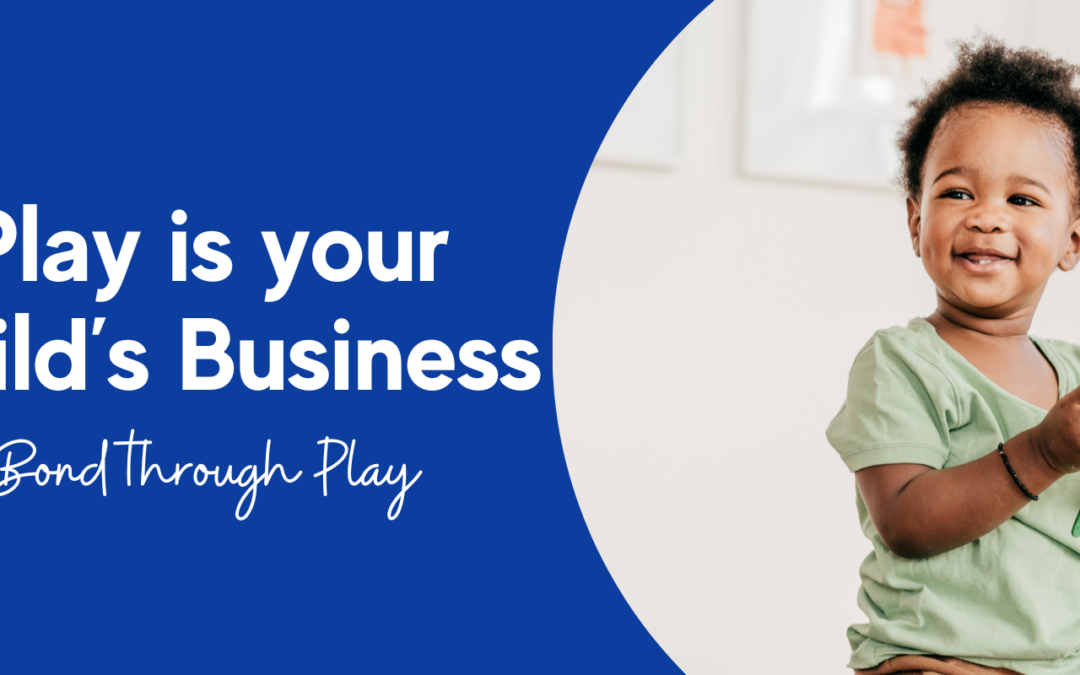Play is not just a way to keep children amused and out of the way. As they play, children grow in all areas of development.
Physical Development
A child develops coordination through play. Their large muscles – those in the arms, legs and trunk – develop first and allow the child to walk, jump, skip and hop. With age, smaller muscles develop and allow eye, hand and finger coordination to develop. Examples of small muscle skills include working with tools, writing and working with puzzles. A child also exerts energy when playing, which in turn releases tensions.
Cognitive Development
A child learns by doing and experimenting. Play provides opportunities to learn about the physical environment – size, shape, colour, weight, space and textures.
Social Development
As a child interacts with peers and adults, they learn a variety of social skills – sharing, cooperating, owing, giving, accepting, winning and losing.
Emotional Development
Through play, a child learns all about emotions and how to express them in an appropriate way. Play experiences also help the child feel successful and proud of accomplishments.
Creativity and Children
The word “creativity” frightens many of us. We usually think of great artists, writers amend scientists when we talk about creative people. In reality, we all have the power to be creative and most of us are involved in creative activities and experiences every day. There are creative bricklayers, salespeople, teachers and certainly creative parents.
Every child has the potential to be creative. There is rarely only one right way to do things. Encourage your child to find alternatives. BY helping your child be more creative and develop into creative adults, you are actually giving them greater access to all that life has to offer.
Every child needs toys to stimulate curiosity, to encourage creativity, and to challenge physical development and skills. This list may help you select the right play equipment for your child:
- Construction sets
- Hobbies, collections (weaving or sewing kit, bugs, coin)
- Games (for two or three players such as dominoes and board games)
- Bicycle
- Swing set
- Jumping rope
- Workbench and tools
- Doll house
- Books
- Art materials
- Blackboard or whiteboard
- Balls or sports equipment
Children enjoy dramatic plat and will enjoy dress-up clothes. Old clothes, shoes, jewelry, briefcases and hats are fun for dress-up play.
All sports equipment, especially bicycles, should be the correct size. Ices skates and inline skates can be dangerous. All bikers and skaters need helmets. Serious skaters need protective gear such as wrist guards and kneepads.
I hope that this list will helps you select play objects that will help your children become more creative and develop new skills in all areas. It is sometimes easy to be influenced by the media, which encourages us to buy toys that make money for the latest movie or children’s show. Experienced parents will tell you that children always return to the basic toys as listed above.
Children are especially thrilled when a parent takes a little time each day to join in their play experiences. This is a time for bonding as well as teaching new concepts and skills. Happy playing!
Source: Parenting Pipeline, North Dakota State University Extension Service.

